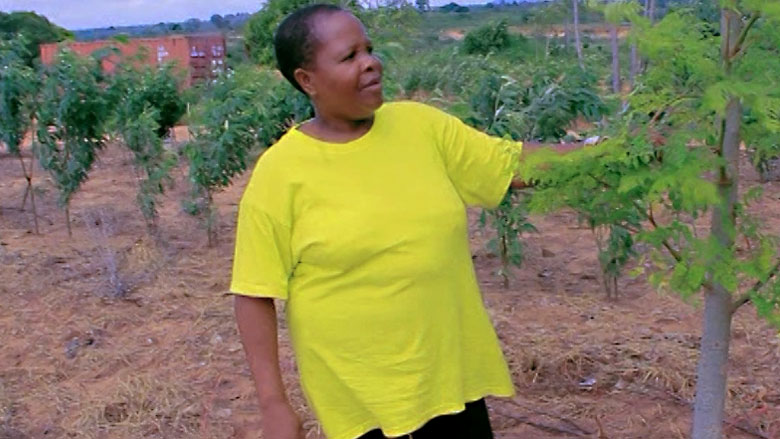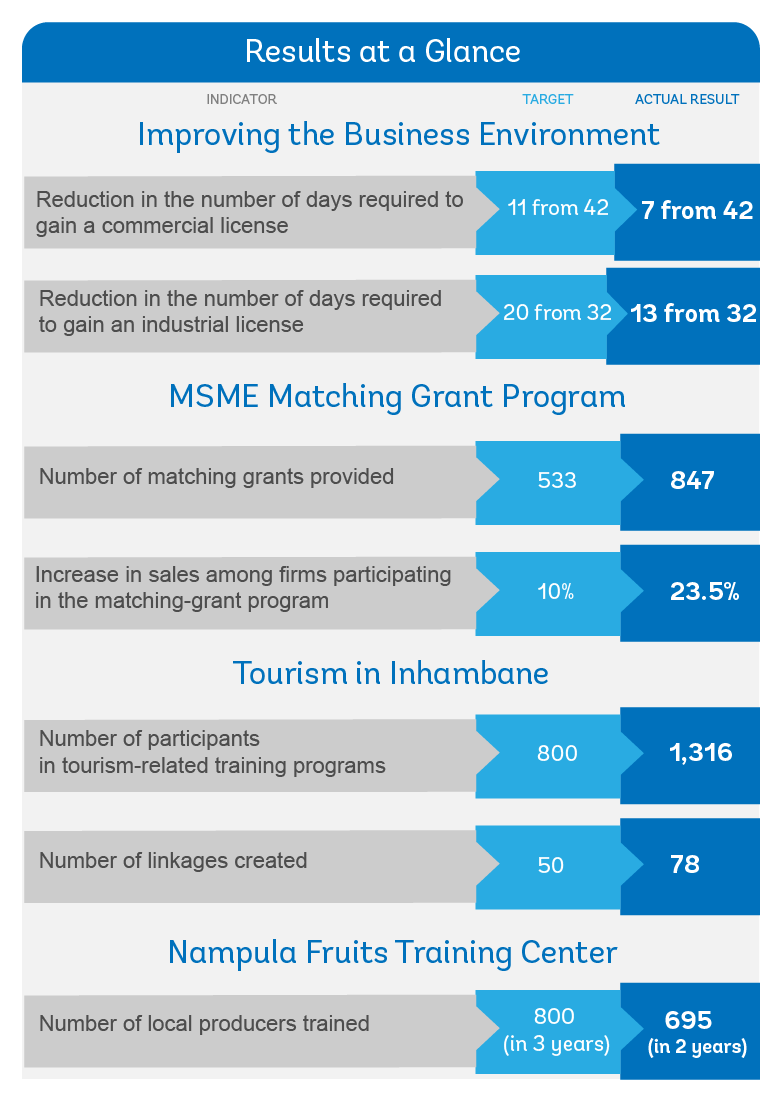WASHINGTON, March 1, 2017—All signs seem to be pointing to strong economic progress in Mozambique: Economic growth averaged 7.9% per year between 1993 and 2014; foreign direct investment increased significantly between 2005 and 2013, peaking in 2013 at more than $6 billion; and progress has been made in reducing poverty; the country’s poverty rate decreased from 68% to 52% between 1997 and 2009. The capital city, Maputo, has seen luxury hotels and skyscrapers starting to dot the skyline, as the government’s efforts to cater to tourists and foreign investors have borne fruit.
But for the rest of the country beyond Maputo, the story is more complex. While Maputo has reduced its poverty rate to 10% over the last decade, progress has not been as strong in other provinces. Life for people in many rural areas has seen little progress: Two provinces – Zambezia and Nampula – are home to 38% of the country’s population but account for almost half of its poor.
A recent World Bank Group project in Mozambique – the Competitiveness and Private Sector Development project – sought to energize economies outside Maputo province by promoting broad-based growth; by focusing investment on specific agricultural products; and by developing workers’ skills to expand employment opportunities in the promising tourism sector.
Through a $25 million credit, the six-year project that began in October 2009 achieved noteworthy progress in three distinct activities:
- It set up a matching-grant program that provided 847 grants for technical assistance and training to Micro and Small and Medium-Sized Enterprise (MSME) owners with an average value of US$4000 per grant;
- It promoted the tourism sector in Inhambane province by developing tourism-related skills (e.g. financial accounting, management) for more than 1,300 people (nearly 900 of whom were from the private sector) and trained subsistence-level horticulture farmers on how to get their products to market;
- It established the National Fruits Training Center in Nampula, where 695 residents were given practical training and development services in tropical-fruits business operation.
The Nampula center provided small-business owners with general training on business management, quality and logistics, and provided farmworkers and supervisors with product-specific training in the production of bananas, pineapples, mangoes and papayas. It also hosted a demonstration farm where local producers could observe modern farming techniques and apply them to their own plots.
“Without a sustained focus on developing specific sectors of the economy, the rural areas of Mozambique seemed destined for continued stagnation,” said David Bridgman, Practice Manager for the World Bank Group’s Trade & Competitiveness Global Practice in Africa. “By taking a concentrated approach in key sectors – agriculture and tourism – and in specific geographic areas that have potential in those sectors – Nampula and Inhambane – we felt the economy would be able to unleash some of its untapped potential.”

